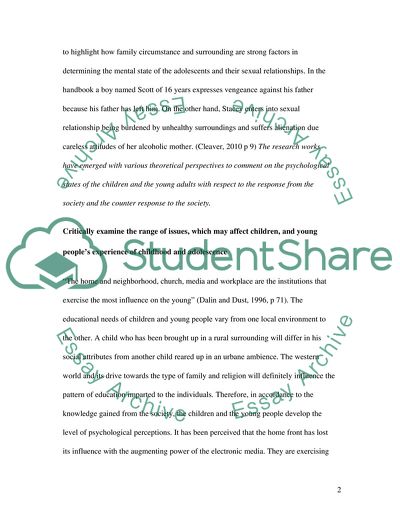Cite this document
(Social and Theoretical Perspectives of Children and Young People Coursework, n.d.)
Social and Theoretical Perspectives of Children and Young People Coursework. https://studentshare.org/social-science/1747551-social-and-theoretical-perpectives-of-children-and-young-people
Social and Theoretical Perspectives of Children and Young People Coursework. https://studentshare.org/social-science/1747551-social-and-theoretical-perpectives-of-children-and-young-people
(Social and Theoretical Perspectives of Children and Young People Coursework)
Social and Theoretical Perspectives of Children and Young People Coursework. https://studentshare.org/social-science/1747551-social-and-theoretical-perpectives-of-children-and-young-people.
Social and Theoretical Perspectives of Children and Young People Coursework. https://studentshare.org/social-science/1747551-social-and-theoretical-perpectives-of-children-and-young-people.
“Social and Theoretical Perspectives of Children and Young People Coursework”. https://studentshare.org/social-science/1747551-social-and-theoretical-perpectives-of-children-and-young-people.


